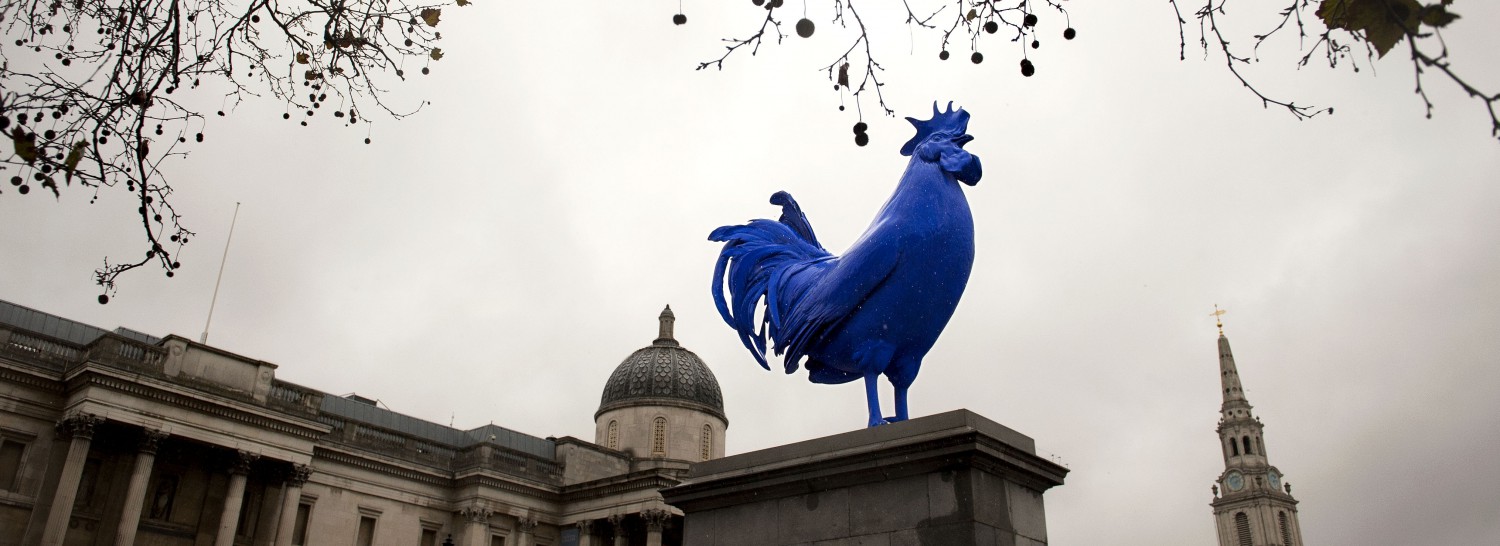I’m Like a Helicopter: For a Two-Point Theory of Creative Imagery
Wednesday, 15 June 2022, 16:00-18:00
Senate House, Room G7
.
*Please note the different room number for this session*
.
According to a now-standard theory, “Juliet is the sun” is supposed to be a “pregnant” metaphor, ready at any moment to beget a sprawling heap of adorable semantic puppies. Its two parts—“Juliet” and “the sun”—ostensibly meet at a virtually endless number of points, and it’s allegedly illuminating, enjoyable, or at least interesting to sit there all day spelling them out. I don’t think any of that is true. Instead, I’ll suggest, successful creative comparisons actually tend to meet at exactly two points, the first of which makes an image adequate, while the second gives it power. To put it metaphorically (as is only appropriate): a good poetic comparison is neither an iceberg (à la Cavell) nor a simple triangle (à la Aristotle) but a tetrahedron, a muscle, a covalent bond.
In my paper, I’ll advance arguments for this claim, in conversation with Black, Booth, Camp, Cavell, Davidson, Hills, Moran, and Richards; I’ll offer a taxonomy of two-point images ([1] abstract link /concrete link, [2] analogy/contiguity, [3] analogy/disanalogy); I’ll discuss some apparent exceptions; and I’ll explain the potential payoff. The telos of two-point metaphors, I’ll propose, isn’t to transmit additional information but intensify, or disorient, or even—surprisingly—make us feel at home in this godawful world.
My examples will be drawn from Emily Dickinson, Charles Baudelaire, Stéphane Mallarmé, Amy Schumer, Marcel Proust, Ernest Hemingway, Philip Larkin, Oscar Wilde, Paul Krugman, Monty Python, an imaginary conversation between Romeo and Mercutio, and, yes, Nelly Furtado.
.
Following NHS guidance, all attendees are strongly encouraged to be vaccinated (including boosters) against Covid-19, unless medically exempt. Face coverings are still encouraged, especially in classrooms. Our group is diverse; please continue to be considerate of those who wear face coverings and those who don’t. Thank you.
